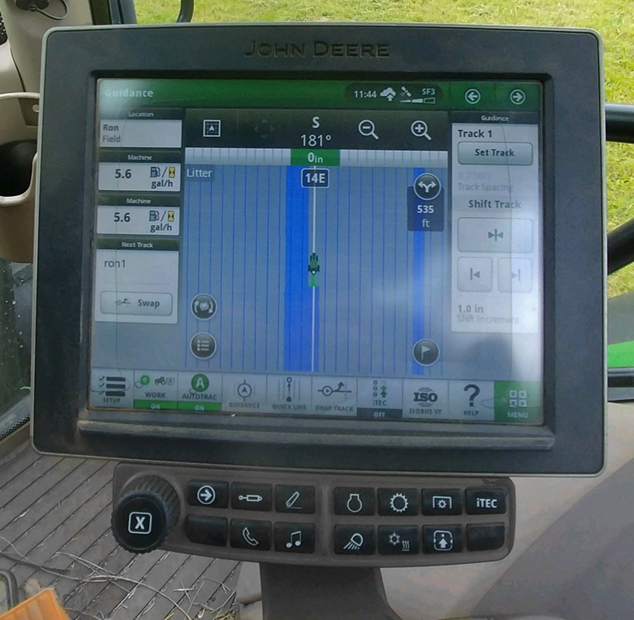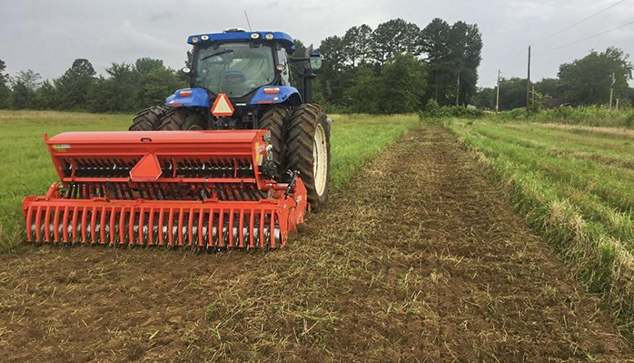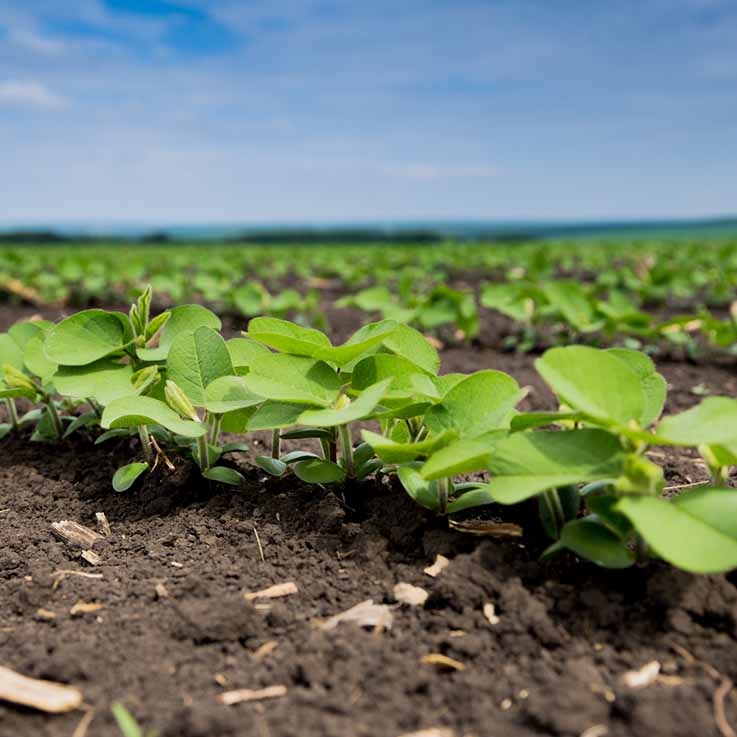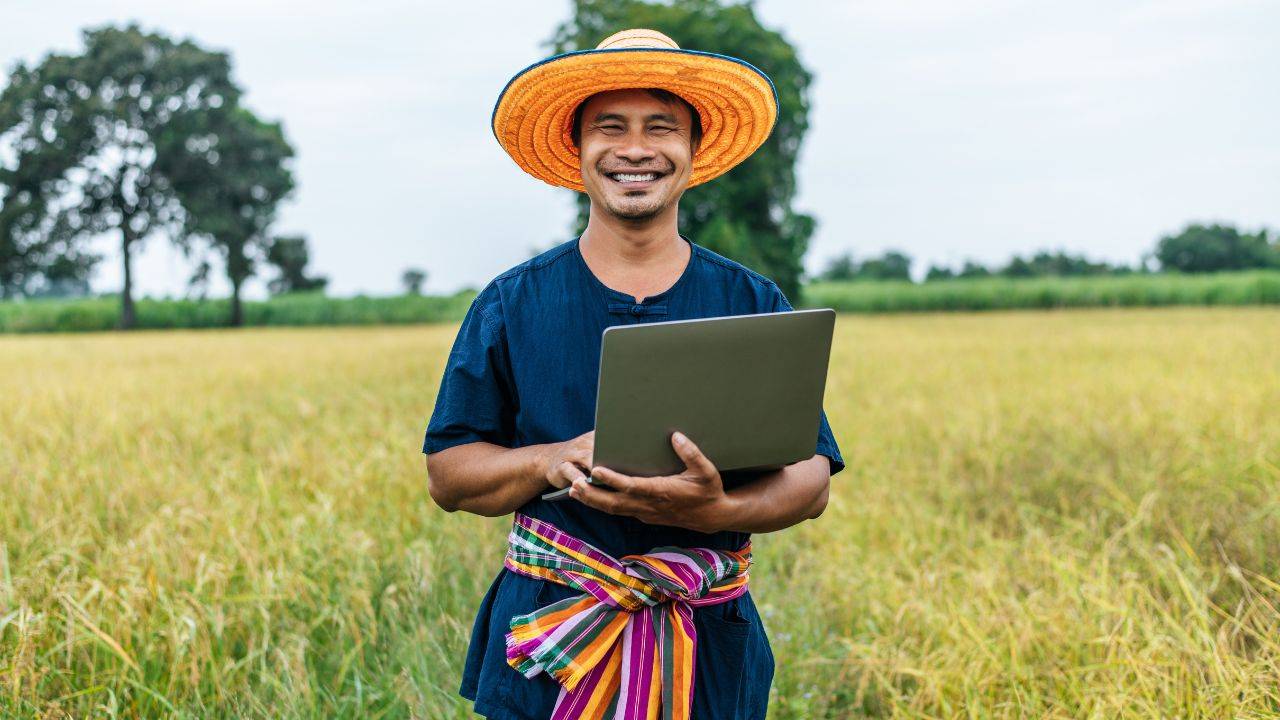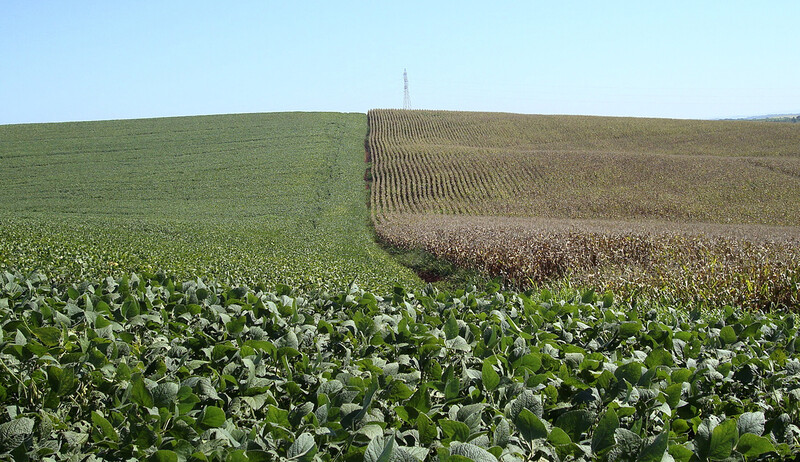The Digital Revolution in Agriculture: AI-Powered Precision Farming
The integration of Artificial Intelligence (AI) in agriculture is revolutionizing traditional farming practices to address complex industry challenges[1]. This transformation is largely driven by precision agriculture, a data-driven approach that uses advanced technologies to optimize crop production and resource efficiency[9]. By harnessing AI algorithms and data-driven models, farmers can optimize resource allocation, enhance productivity, and promote sustainable practices[1]. Key applications include precision farming, crop monitoring, yield prediction, pest and disease management, and AI-based irrigation systems[1]. These applications are made possible by a suite of technologies including Global Positioning System (GPS) guidance, Internet of Things (IoT) devices, drones, remote sensing, and machine learning[9]. For instance, Variable Rate Technology (VRT) allows for the precise application of seeds, fertilizers, and pesticides, while drones and satellite imagery provide aerial views to detect issues like pest infestations and nutrient deficiencies early[9]. The benefits are significant, leading to reduced input waste, targeted resource application, enhanced environmental stewardship, and improved farm profitability[9]. AI also has the potential to serve as a bridge technology, helping to overcome the weaknesses of organic farming, improve its yields, and connect environmental standards with high-yield conventional agriculture[8].
Upskilling the Workforce for the Future of Farming
The adoption of AI and other technologies in agriculture is causing a shift in labor demand from manual labor to highly skilled roles such as data analysts, robotics technicians, and animal welfare technologists[18]. To realize the full benefits of AI, it is essential that the agricultural workforce is equipped with the necessary skills to implement and support these technologies[18]. Upskilling involves acquiring new competencies or enhancing existing ones, a crucial strategy for staying at the forefront of the changing agricultural landscape[6]. This includes practical training in modern farming techniques, crop management, and livestock husbandry, as well as digital literacy with tools like mobile apps, drones, and weather forecasting[14]. The benefits of upskilling are extensive, leading to enhanced efficiency, adaptation to change, career growth, innovation, and marketability[6]. Furthermore, a modernized approach to farming that combines traditional knowledge with technology and entrepreneurship can make careers in the sector more attractive to young people[2][14]. However, a lack of technical expertise remains a significant challenge to AI integration[1]. To address this, governments and businesses must work together to promote upskilling through investment in training, subsidies, and educational programs that integrate digital skills at all levels[18][6]. Initiatives like the European AgriSkills project are developing training courses and e-learning platforms to equip farmers with the necessary skills for digital, smart, and precision farming[16].
Financing the Future: Cooperative Models and Investment
Farmer-owned cooperatives are pivotal to the stability of the agricultural industry, providing a platform for farmers to pool resources, preserve market access, share risk, and enjoy economies of scale[3]. In the United States, nearly 2 million farmers are member-owners of over 2,100 cooperatives[12]. These organizations contribute to rural communities by creating jobs and ensuring more wealth remains local[3]. However, financing technological adoption is a major hurdle, especially for small and medium-sized enterprises (SMEs) that face a financing gap known as the "missing middle" for investments between $50,000 and $1 million[15]. Traditional cooperatives also struggle with inherent conflicts that discourage capital formation, such as the "Horizon Problem," where members prioritize immediate payments over long-term investment, and the "Portfolio Problem," where investment options are unattractive compared to outside opportunities[13]. To overcome these challenges, modern commercial cooperatives are adapting by recognizing members not only as users but also as investors, developing financing strategies that link patronage with investment[13]. Innovative models are emerging, such as social impact investment funds like Kampani, which provides patient growth capital without requiring collateral, focusing on fixed assets to strengthen the cooperative's balance sheet[15]. These new strategies, which can include issuing new classes of shares or using deferred payment revolving funds, allow cooperatives to compete while maintaining their identity[13].
Impact on Productivity, Employment, and Sustainability
The collaboration between human expertise and AI is yielding measurable improvements across agriculture. In terms of productivity, regenerative practices in Africa could increase crop yields by up to 40%[2], and an early barley pilot in Colombia saw a 36% rise in productivity through private sector collaboration[2]. Technology like tractor guidance systems can improve on-farm efficiency by 20%[11]. Data shows that the top 25% of farms are 1.8 times more efficient than the bottom 25%, largely due to their knowledge and skills[18]. On the employment front, the agricultural sector is projected to create 35 million additional jobs globally by 2030, marking one of the largest employment surges worldwide[2]. These new roles will increasingly be for specialists who manage and maintain new technologies[18]. Cooperatives are also significant employers, with farmer-owned co-ops in the U.S. providing 191,300 jobs[12]. Environmentally, the impact is also profound. The EU's Green Deal aims to reduce the application of chemical pesticides by 50% by 2030[8], a goal supported by AI-based solutions like the Asterix weeding robot, which claims a herbicide use reduction of up to 90%[8]. Similarly, precision tools can reduce fertilizer overlaps and gaps by 20%, leading to substantial water quality benefits by minimizing nutrient runoff[11].
Get more accurate answers with Super Pandi, upload files, personalized discovery feed, save searches and contribute to the PandiPedia.
Let's look at alternatives:
- Modify the query.
- Start a new thread.
- Remove sources (if manually added).

